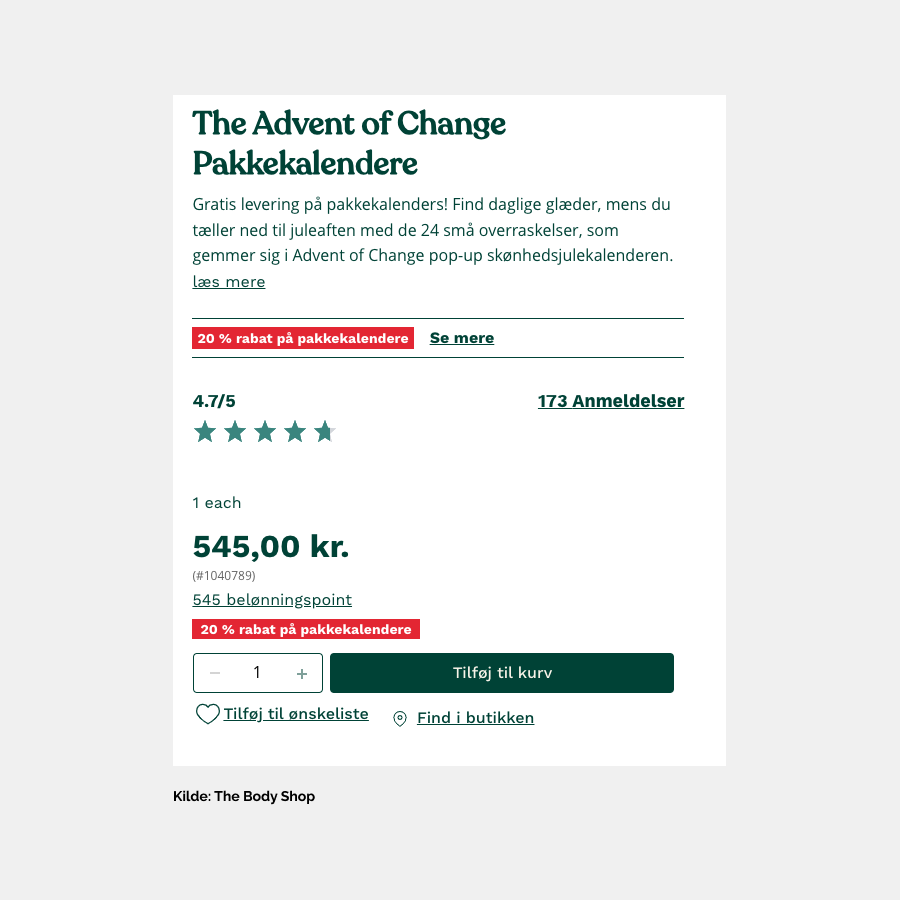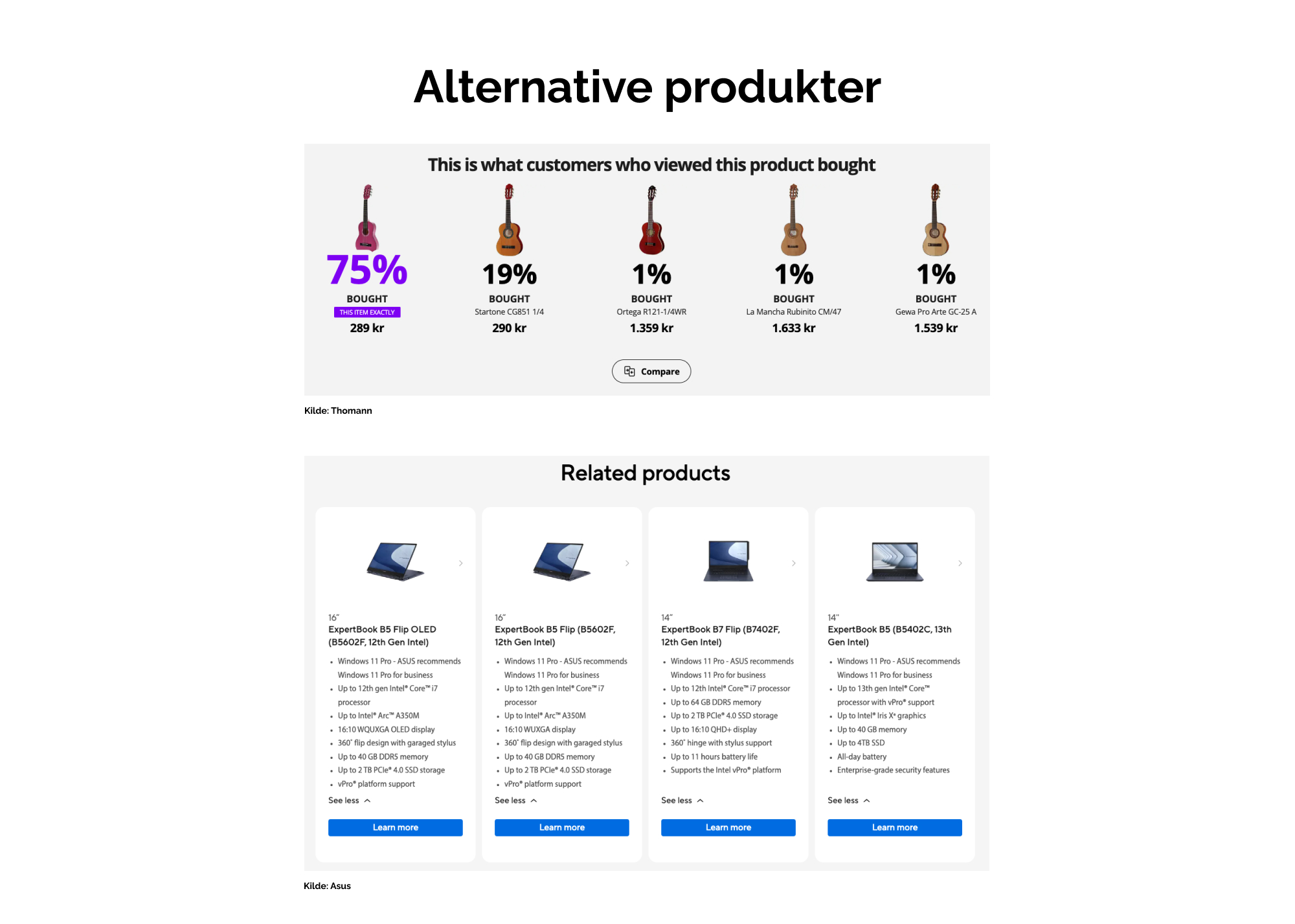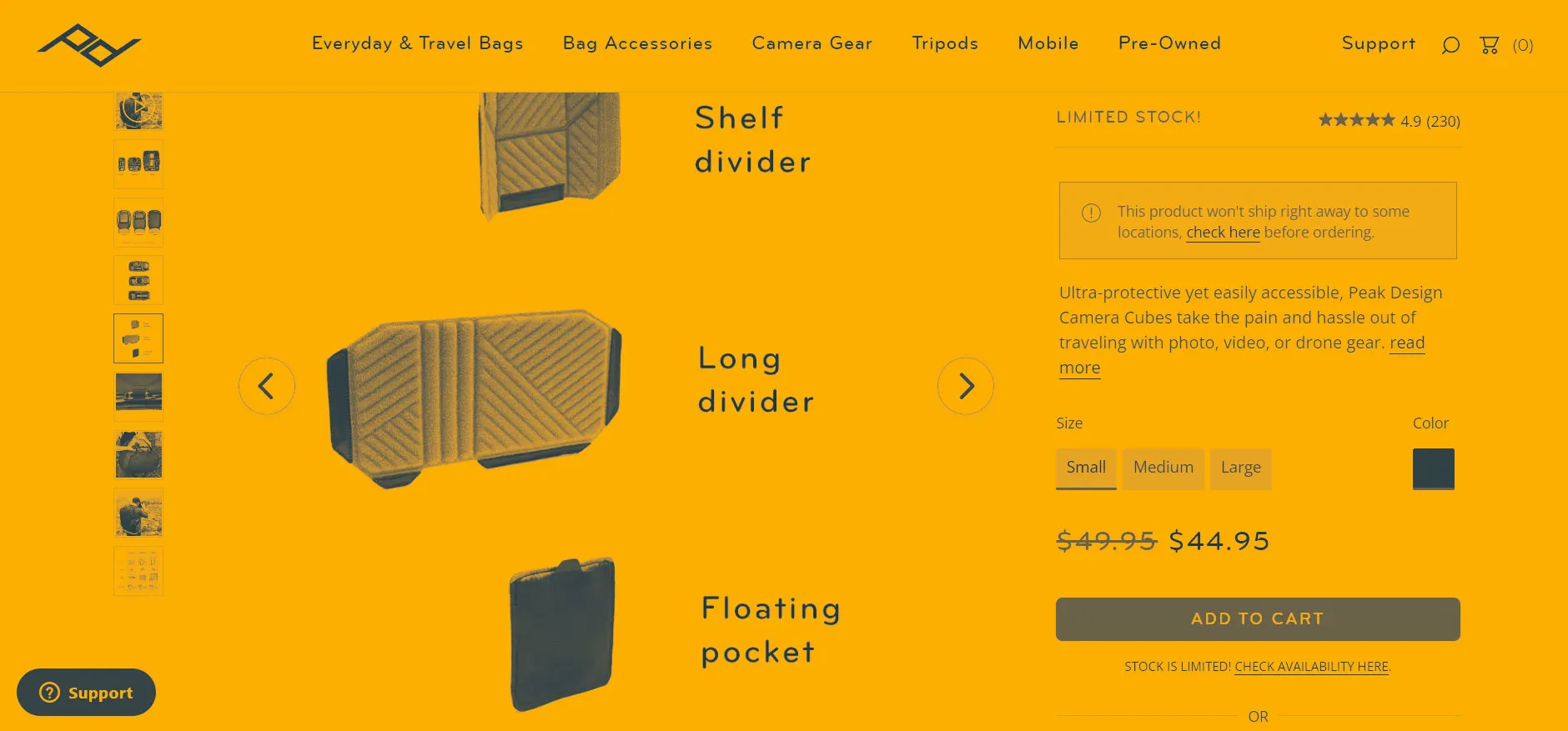
Reviews
To stay within the analogy from the real world, there really is no good equivalent to the digital review universe. When you enter a physical store, there are (usually) no previous customers standing outside telling you about their visit. You won’t be met by altruistic people waiting by the breakfast aisle to tell you about their experience with the organic granola from four years ago.
But that’s exactly what is possible online, both through store reviews like Trustpilot, and through embedded product review systems. And it makes good sense to have this layer in the digital buying process—because in physical stores, there’s usually a person behind the counter or an address you can return to if there are problems. On the internet, it’s much easier to end up at what would be the equivalent of a shady back-alley pop-up shop selling miracle water that claims to cure everything from tile fungus to acne. The next day they’re gone, having gotten away with selling poor products to trusting people.
Therefore, reviews should be seen as the ultimate social proof—others have bought the product or used the store. And their honest opinion carries great value for the new customer. An important distinction to make here is between genuine user reviews and test-site reviews. While test-site reviews can be completely real and objective, they are often met with suspicion from shoppers, who fear they are manipulated, paid for, or only shown when the results are positive.
So it makes perfect sense to give customers the opportunity to add reviews on the store’s products. However, with the following 9 features:

1. Use a well-known metaphor for ratings
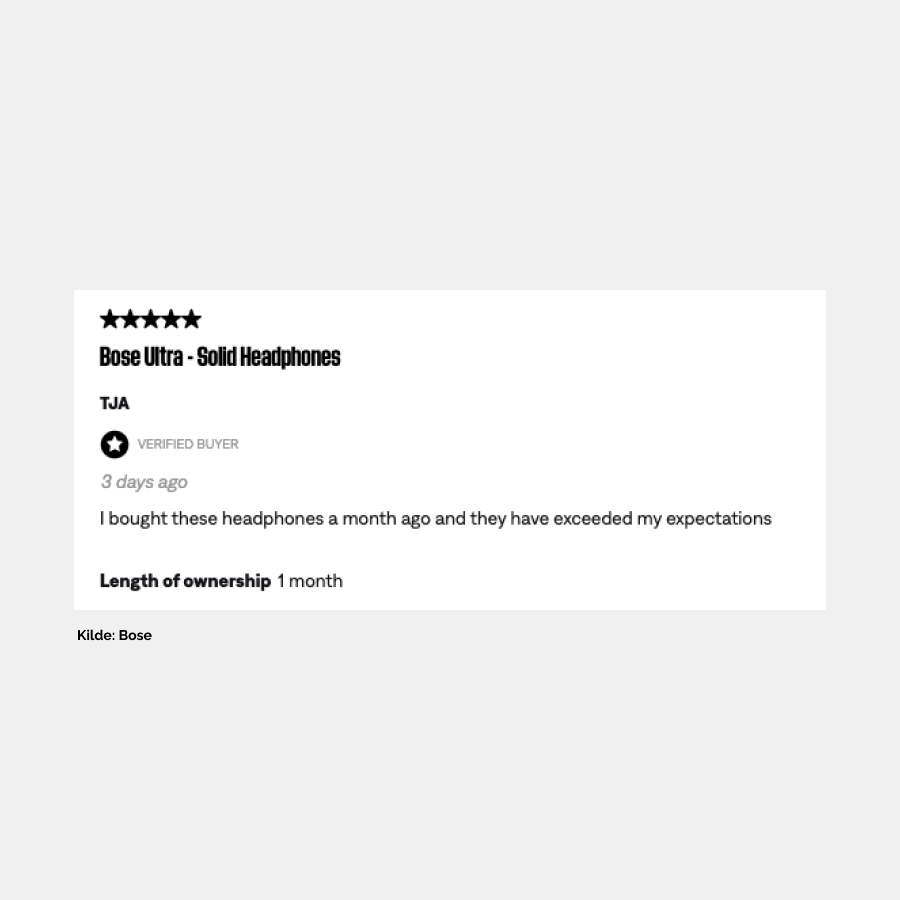
2. Allow only genuine customers to add reviews for products they have purchased
Reviews should not be added without a purchase - clearly mark who has bought the product and who is not verified as a buyer.
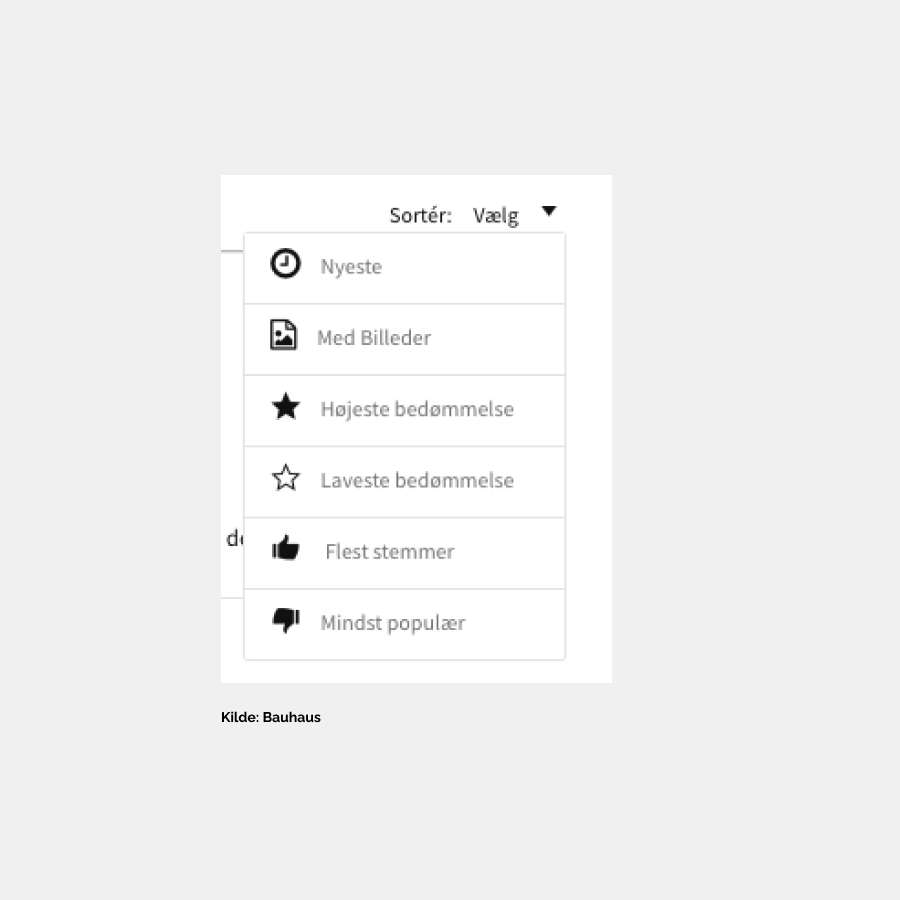
3. Ensure all reviews can be filtered or sorted
At minimum, by most recent, lowest rated, highest rated, and also by specific star/heart rating.
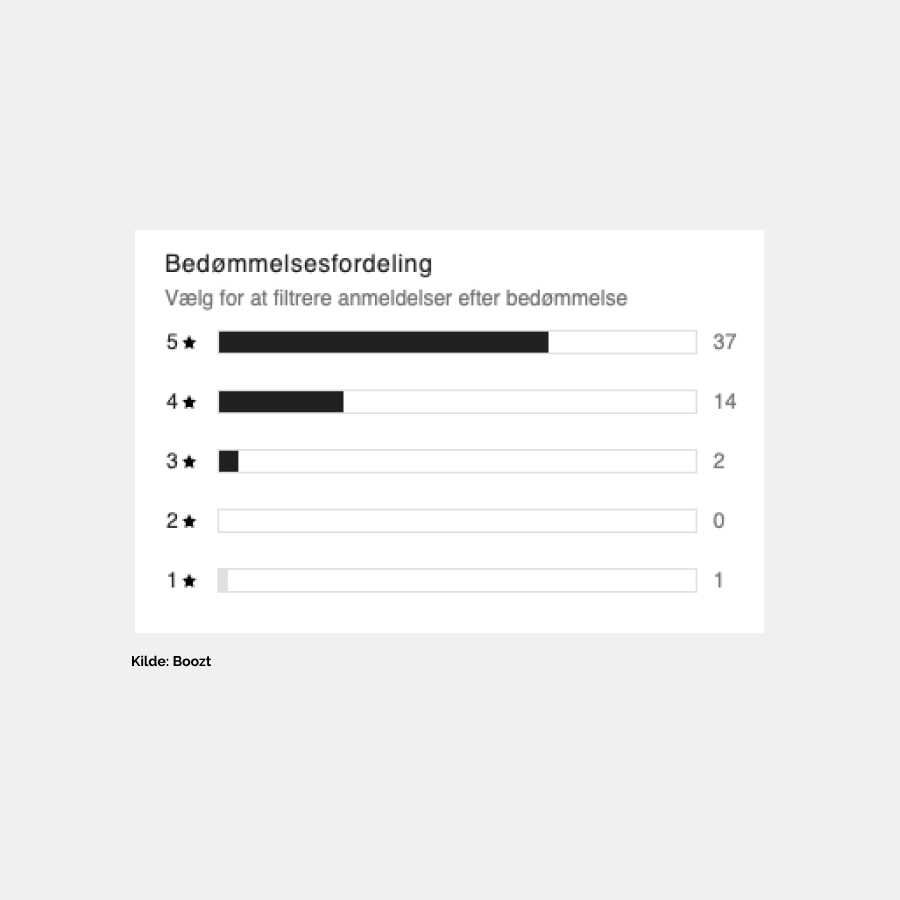
4. Show the distribution of the different ratings
An average rating is not enough - it should be possible to see how many customers gave 1, 2, 3, 4, and 5 stars respectively.

5. Encourage attaching images in reviews
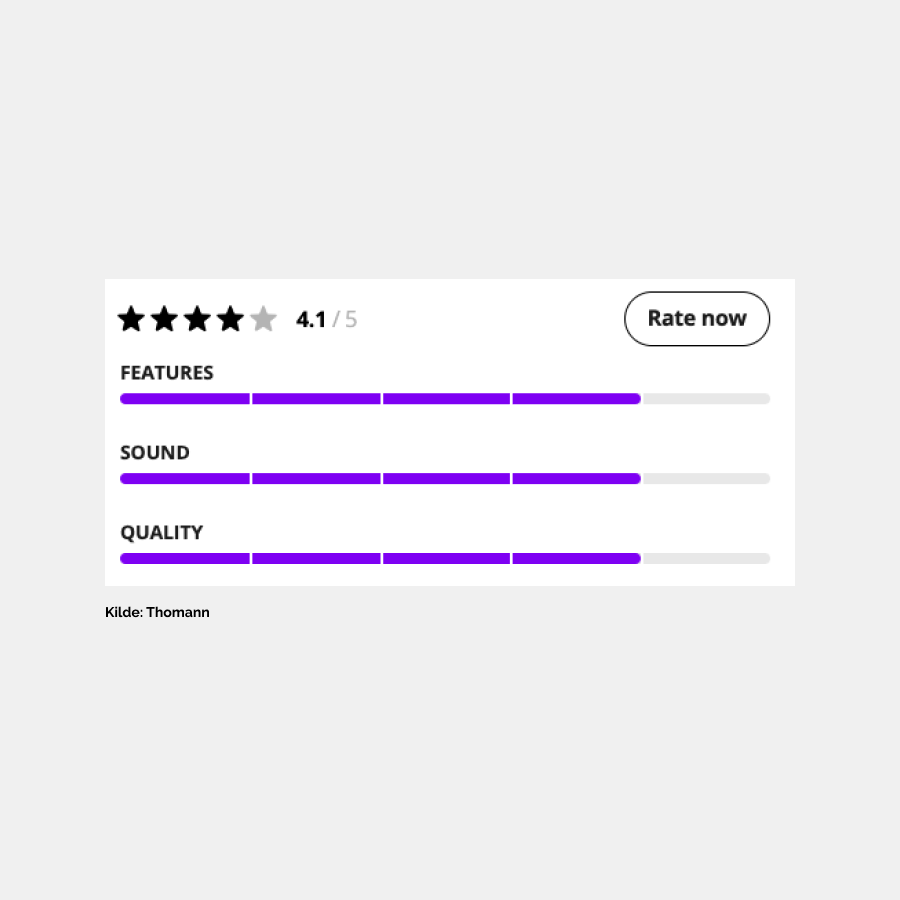
6. Consider subscores in reviews
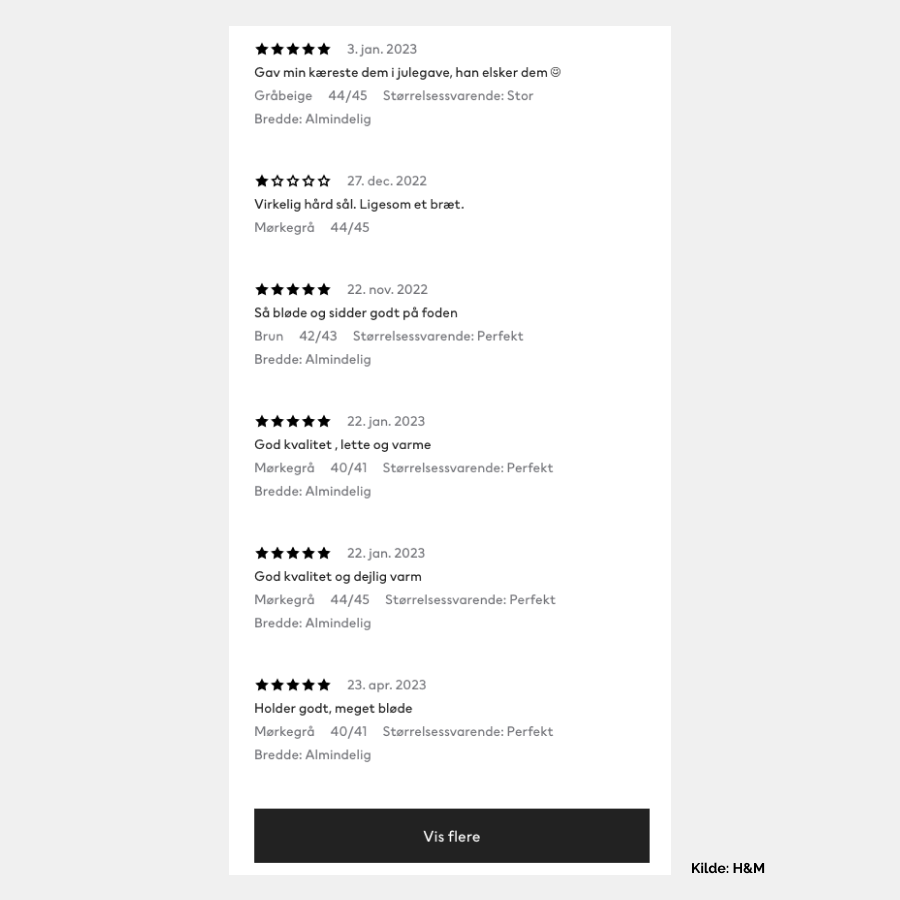
7. Always display at least 6 reviews with the option to load more
But avoid loading too many - 6-10 is a good rule of thumb.
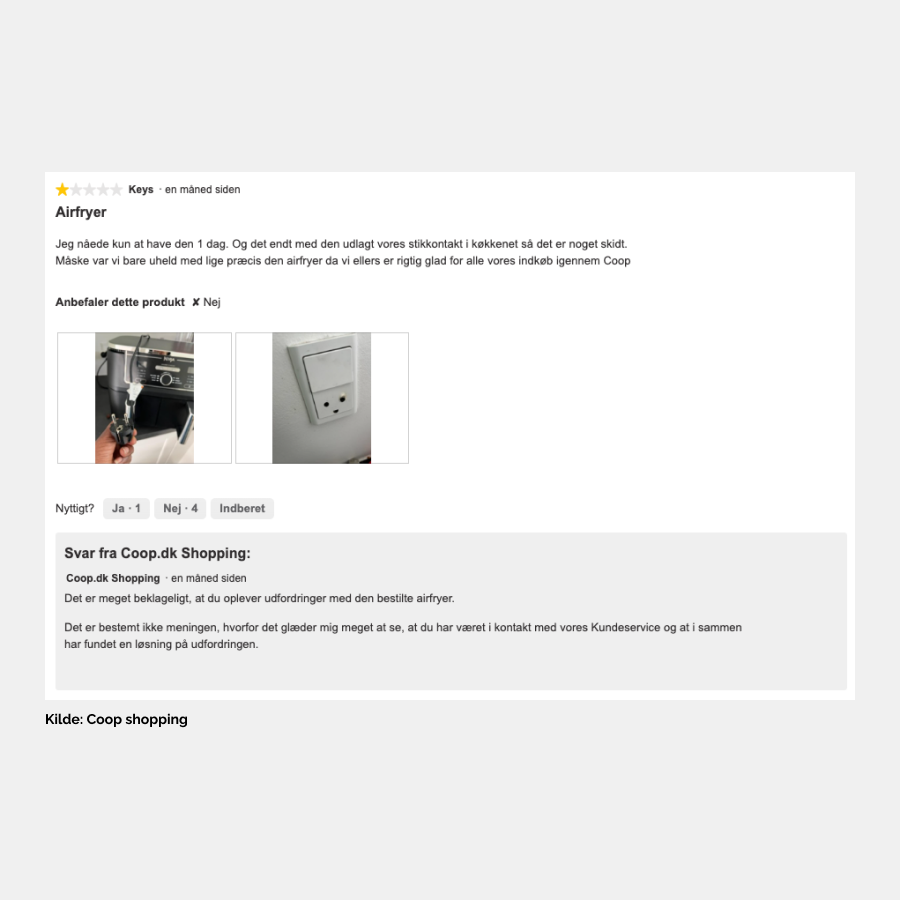
8. Respond to at least the negative reviews, but consider responding to all
Do not remove negative comments, as handling them well increases credibility.
